
By Dave Newman
Learn about Innovative Funding for Energy Efficiency
and how TELPs Pave the Way for Greener Schools
When Energia partners with school districts to upgrade their legacy environmental systems to modern, efficient heating, cooling, lighting and building management systems, they always ask us one question:
“How are we going to pay for this?”
Most school district energy-savings projects can be funded through a combination of government grants, rebates and a Tax-Exempt Lease Purchase Agreement (TELP). Let’s look at how a TELP works to provide your district with the necessary funding for energy efficiency improvements of your facilities.
Help, What’s a TELP?
A Tax-Exempt Lease Purchase Agreement is a financing mechanism frequently used to fund construction and equipment purchases during an Energy Performance Contracts (EPCs) and other energy-savings projects. Energia partners with school districts as their technical owners representative during all the three phases of a TELP:
- 1Project Selection and Development. First, your school district undergoes a rigorous energy usage assessment process to develop a detailed roadmap for achieving project success. This includes selecting an Energy Services Company (ESCO) to implement your project. The ESCO conducts a comprehensive energy audit to determine the scope of work, costs, and expected energy savings. The project is designed to generate energy savings that will cover the project costs over the lease term. The amount of savings determined must be equal or greater than the amount to undertake the upgrade construction and equipment purchases.
- 2Financing Structure. Your school district enters into a lease agreement with a financing entity (often a bank). This lease agreement outlines the requirements of the financing, including the lease term (typically 15-20 years), interest rate (which is tax-exempt), and payment schedule. The lease payments are structured to align with the projected energy savings, ensuring a positive cash flow throughout the lease term.
- 3Project Implementation. The ESCO implements the energy efficiency upgrades using the funds from the lease which are paid out of escrow as the project is constructed. Following the construction period, your district makes lease payments to the financing institution from the energy savings achieved. For example, if your district had budgeted $4 million in utility expenses, and the upgrades are projected to provide a savings of $1 million per year, that savings will be used to pay off the lease over the 15-20 year terms. The ESCO guarantees these energy savings, and if your savings fall short, the ESCO must cover the difference.
Overall, TELPs offer a flexible and cost-effective way for school districts to finance energy efficiency improvements.
Benefits of TELPs for Energy-Savings Projects
There are many significant benefits that accrue to school districts from a Tax-Exempt Lease Purchase Agreement.
Key Considerations for TELPs
Before engaging in a TELP for your energy-savings project, consider the following necessary requirements for success
Overall, TELPs offer a flexible and cost-effective way for school districts to finance energy efficiency improvements, allowing them to reap the benefits of reduced energy costs and improved facility performance without a significant upfront investment.
Energia has the experience and expertise necessary to measure the energy savings that school districts can achieve. During the Discovery step of our Energia Seven-Step Proven Process for Energy Savings Projects, we document any project challenges and make remediation recommendations.
Learn more about energy efficiency funding opportunities for your school district and contact Energia today for a discussion about how your district can take advantage of these opportunities for savings.
